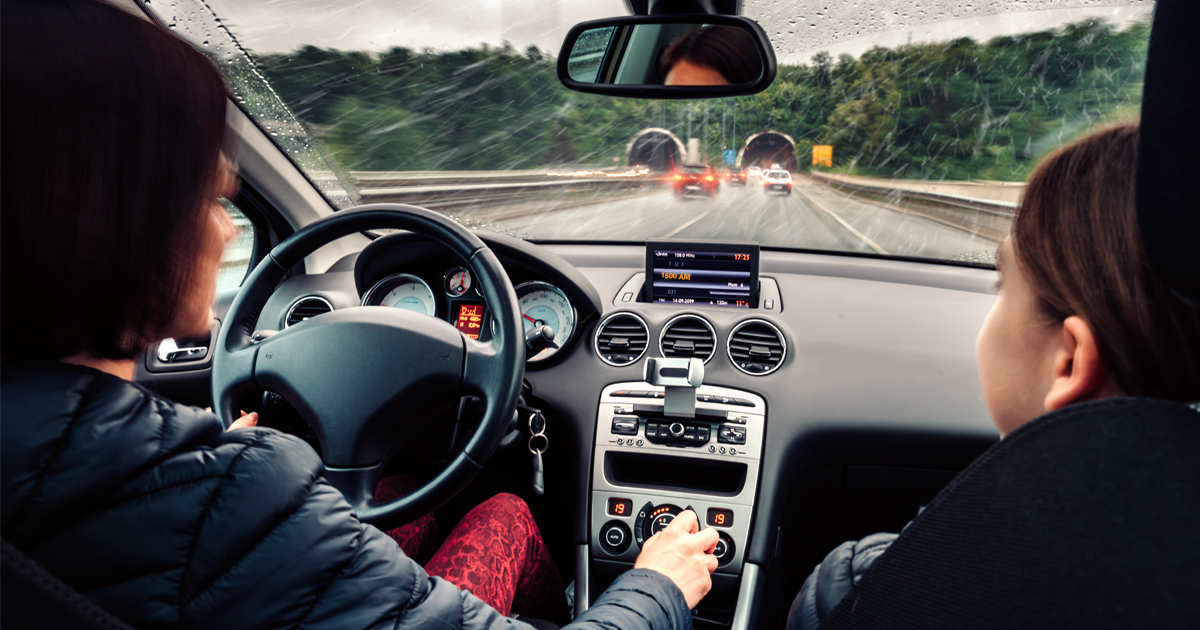From FDR’s fireside chats to global conflicts and once-in-a-generation disasters, AM radio has transported millions of listeners to the front lines of history for more than a century. Local AM stations have also been the source of entertainment and connection to our communities, providing pioneering sitcoms and serials, religious services, presidential addresses, talk shows and ballgames. And perhaps most importantly, when tragedy strikes AM radio serves as the backbone of the Emergency Alert System, informing Americans of impending danger and directing people to safety.
More than 47 million Americans tune into nearly 4,500 local AM radio stations across the country[i]. AM radio stations rank among the most-listened-to stations not just in small and rural markets but also in major cities such as New York, Los Angeles, Chicago, Boston and Atlanta. With its unique ability to reach a wide geographic area, AM broadcasting offers many Americans struggling with poor, or non-existent, cellular and broadband coverage a chance to stay connected. The car is often the only source of power and news for many in times of emergency.

Despite this widespread reach, some automakers, including Ford, Tesla, BMW and Audi, have opted to strip AM radio out of their vehicles. AM listeners, radio stations, policymakers and emergency managers are rightly sounding the alarm bells.
Automakers should care about giving customers what they want. A 2021 worldwide survey found that broadcast radio is the top audio source car buyers are looking for in a new vehicle. Nine out of 10 current and future car buyers believe broadcast radio should be standard in every vehicle, and eight out of 10 are less likely to buy or lease cars without radio capability.
Lawmakers and regulators such as Sen. Edward Markey (MA) and Federal Communications Commission (FCC) Commissioner Nathan Simington have urged automakers to keep AM radio in electric vehicles, stressing the important public safety benefits. AM radio is critical to ensuring information can reach many Americans during times of crisis. Recently, seven former administrators of the Federal Emergency Management Agency (FEMA), wrote a letter to the Secretary of Transportation stating that if the removal of AM radio from cars continues, it will: “…represent a grave threat to future local, state, and federal disaster response and relief efforts.”
NAB and radio leaders from across the country have been meeting with our counterparts in the auto industry. We want to work collaboratively to ensure cars keep listeners’ favorite local AM radio stations at their fingertips.
Automakers in the U.S. and around the world have taken steps to combat interference on the AM dial in electric vehicles without sacrificing vehicle performance, including utilizing a simple software upgrade that reduces noise and interference. There are also nascent technologies that deliver clearer, more reliable signals free of interference while also enabling broadcasters to offer additional content channels for listeners. Broadcasters are committed to providing a more dynamic, uniform listening experience that takes full advantage of infotainment displays in modern vehicles.
Local radio stations are taking innovative steps to continue serving the public through the evolving dashboard and preserving AM radio as a standard feature in new vehicles. We urge automakers to work with us to ensure drivers and passengers can continue to enjoy the local news, entertainment and companionship AM radio has to offer.
[i] Nielsen Audio




